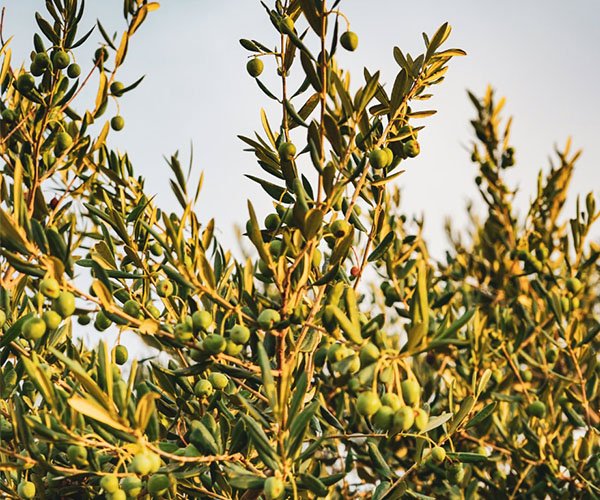Chitooligosaccharides (COS), derived from the enzymatic or chemical degradation of chitosan, are small-molecule sugar polymers with broad-spectrum antimicrobial, antifungal, and plant immunity-inducing properties. Based on the pathogens mentioned, here is an analysis of the potential effects of COS:
Antibacterial Effects of Chitooligosaccharides
Chitooligosaccharides exhibit significant inhibitory effects on many plant pathogenic bacteria through the following mechanisms:
- Disruption of Bacterial Cell Membranes:COS interacts with the negatively charged bacterial membrane, altering permeability and causing leakage of cell contents.
- Interference with Bacterial Metabolism:COS inhibits enzymatic activity and metabolic pathways in pathogens.
- Induction of Plant Immunity:COS activates immune signaling pathways in plants (e.g., salicylic acid, jasmonic acid, ethylene pathways), enhancing their resistance to bacterial infections.
For Xylella fastidiosa subsp. pauca:
- While there is no direct research on the effects of COS against Xylella fastidiosa, it is plausible that COS could inhibit the bacterium by disrupting its cell membrane or biofilm formation.
- Additionally, COS may indirectly reduce the impact of Xylellaby inducing resistance mechanisms in olive trees and enhancing their ability to combat infections.
Antifungal Effects of Chitooligosaccharides
The antifungal activity of COS is well-documented and includes:
- Direct Inhibition of Fungi:
- COS disrupts fungal cell wall formation (e.g., by inhibiting chitin or β-glucan synthesis), damaging fungal structural integrity.
- Studies have shown that COS inhibits fungi such as Fusarium spp.and Verticillium dahliae
- Indirect Resistance Induction:
- COS induces the production of plant defense-related enzymes (e.g., chitinase, β-1,3-glucanase), improving resistance against fungal pathogens.
For the fungal pathogens listed:
- Phaeoacremonium spp. and Phaeomoniella spp.:These wood-inhabiting fungi are secondary pathogens causing tree decline. COS may suppress their growth or spore germination, reducing damage to vascular tissues.
- Verticillium dahliae:Research suggests that COS is effective against this vascular wilt pathogen.
- Botryosphaeria spp. and Diplodia spp.:COS could limit the spread of lesions and cankers caused by these fungi.
- Fusarium spp. and Cytospora spp.:As opportunistic pathogens, these fungi may be more effectively suppressed by COS.
Effects on Nematodes
- COS has limited direct inhibitory effects on nematodes. However, it can indirectly reduce nematode damage by improving root health and inducing systemic resistance in plants.
- For Pratylenchus spp., COS may strengthen olive tree defenses, indirectly reducing secondary fungal infections caused by nematode-induced stress.
Potential Role of COS in Olive Tree Disease Management
Chitooligosaccharides could play an important role in the integrated management of Olive Quick Decline Syndrome (CoDiRO) by:
- Direct Inhibition of Pathogens:COS may suppress fungal and bacterial pathogens.
- Induction of Resistance in Olive Trees:COS can trigger systemic resistance in olive trees, reducing infections caused by Xylella and other fungi.
- Improving Tree Health:COS alleviates abiotic stresses, such as drought and poor soil conditions, reducing the risk of pathogen invasion.
Research Recommendations and Application Strategies
While COS shows great potential against a range of pathogens, further research is needed to evaluate its specific effects on Xylella fastidiosa and the related fungal pathogens. Here are some suggestions:
- In Vitro Experiments:Test COS’s direct inhibitory effects on Xylella fastidiosa and fungi such as Verticillium dahliae and Fusarium spp.
- Field Application Trials:Apply COS as a foliar spray or root drench on olive trees to observe its impact on disease symptoms and pathogen populations.
- Integrated Control Strategies:COS could be used as part of an integrated management program, combined with other biological or chemical methods.


